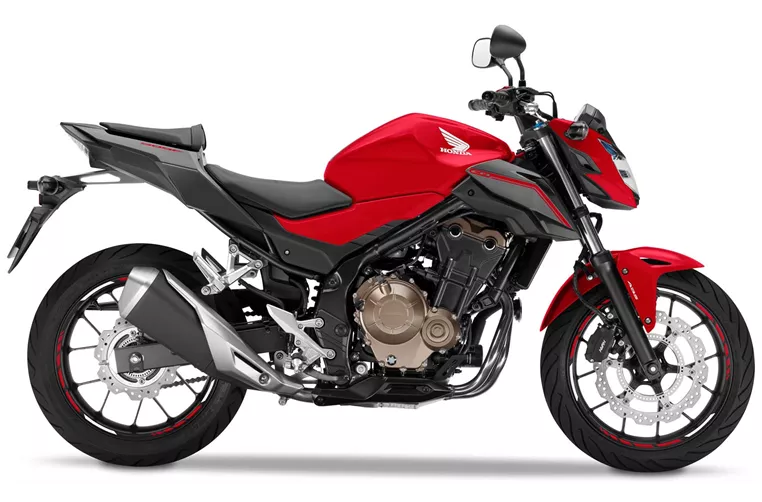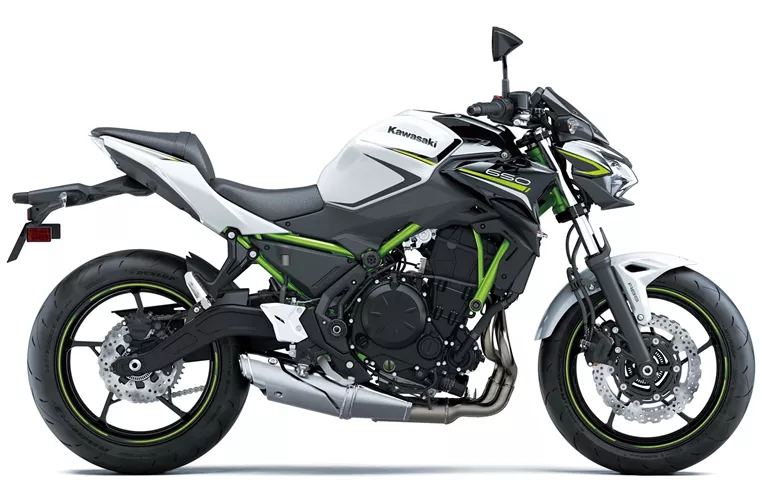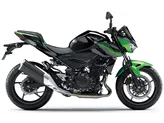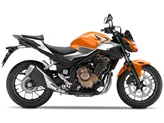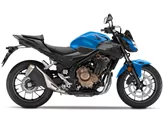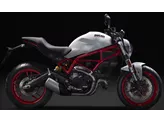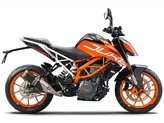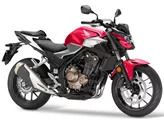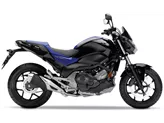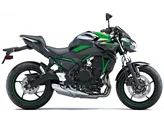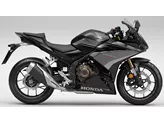Honda CB500F 2017 vs. Kawasaki Z650 2020

Honda CB500F 2017
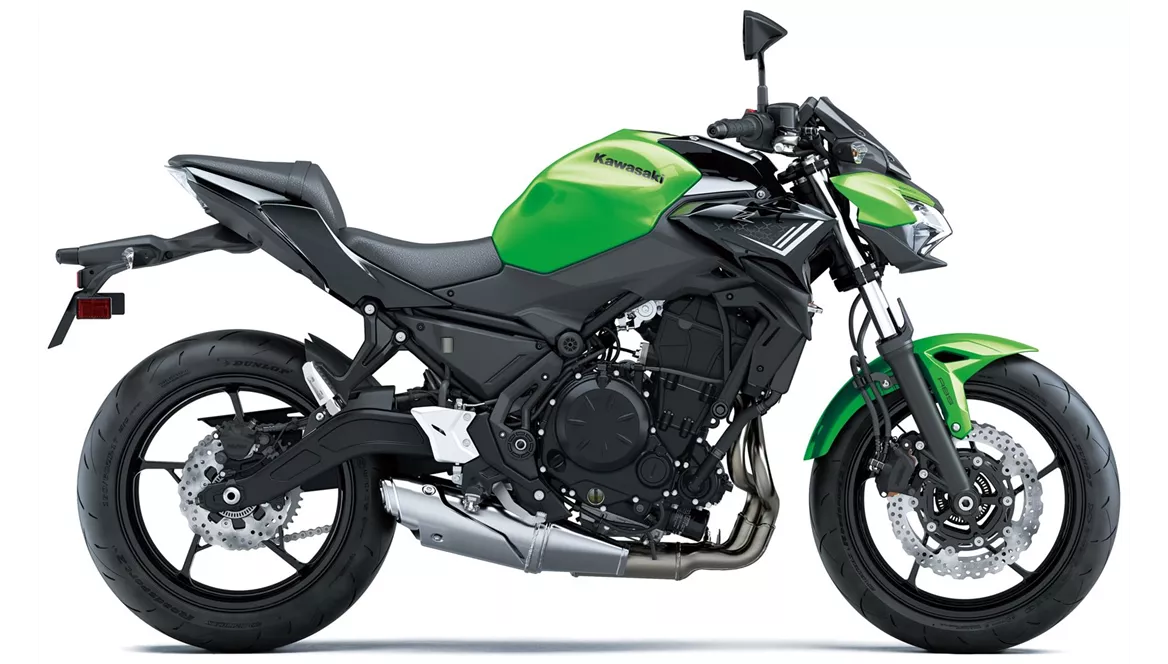
Kawasaki Z650 2020
Overview - Honda CB500F 2017 vs Kawasaki Z650 2020
The Honda CB500F 2017 and the Kawasaki Z650 2020 are both naked bikes with similar engine types, two-cylinder inline engines. However, there are several differences between the two models.
In terms of engine power, the Kawasaki Z650 2020 has a clear advantage with 68.2 HP compared to the Honda CB500F 2017's 48 HP. The Kawasaki also has higher torque at 65.7 Nm, while the Honda has 43 Nm. This means that the Kawasaki Z650 2020 will likely offer better acceleration and overall performance.
Both bikes have fuel injection systems and liquid cooling, ensuring efficient and reliable operation. The engine displacements are also different, with the Honda CB500F 2017 at 471ccm and the Kawasaki Z650 2020 at 649ccm. This indicates that the Kawasaki has a larger engine, which may contribute to its higher power output.
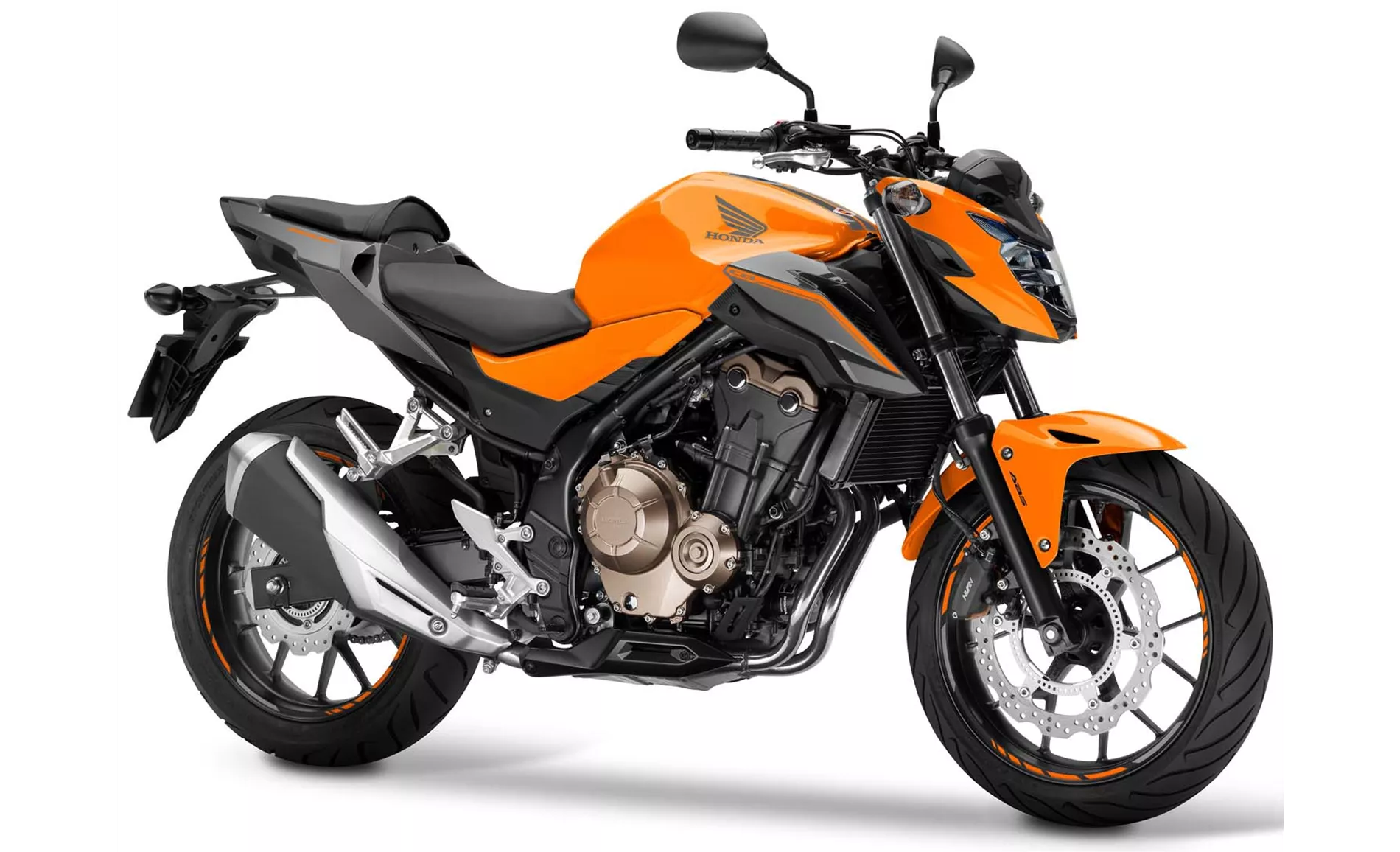
Honda CB500F 2017
In terms of chassis, both bikes have steel frames, providing stability and durability. The braking systems also have some differences. The Honda CB500F 2017 has a single disk front brake with a double-piston caliper, while the Kawasaki Z650 2020 has double disk front brakes with double-piston calipers. This suggests that the Kawasaki may offer better braking performance and control.
Both bikes have similar tire dimensions, with a front tire width of 120mm and a rear tire width of 160mm. The wheelbase and seat height are also the same for both models, at 1410mm and 790mm, respectively. However, the Honda CB500F 2017 has a slightly higher kerb weight with ABS, weighing 191kg compared to the Kawasaki Z650 2020's 187.1kg.
In terms of fuel tank capacity, the Honda CB500F 2017 has a larger capacity at 15.7 liters compared to the Kawasaki Z650 2020's 15 liters. This means that the Honda may offer a slightly longer range before needing to refuel.
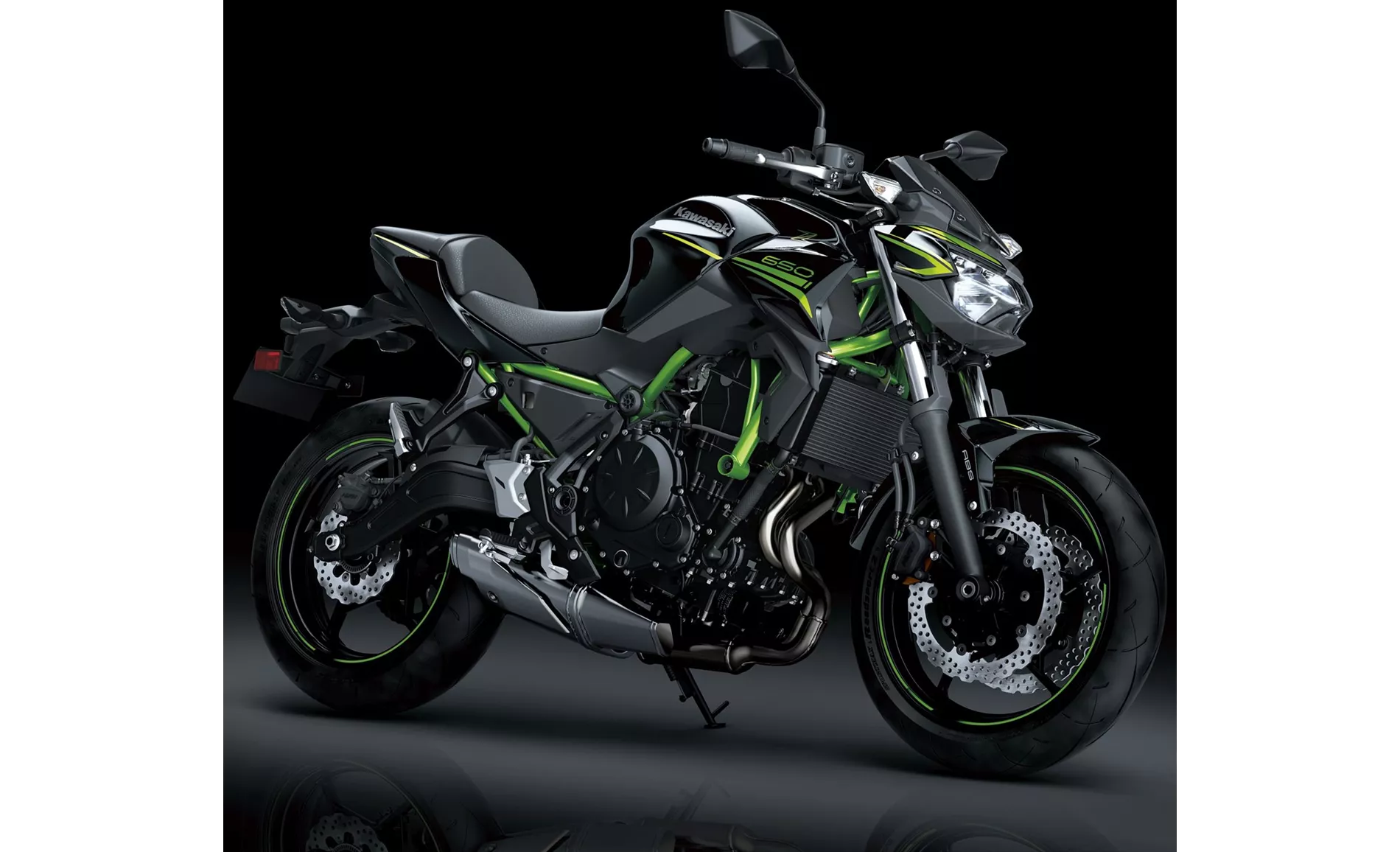
Kawasaki Z650 2020
When considering strengths, the Honda CB500F 2017 is praised for its powerful two-cylinder engine, grown-up look, LED lighting technology, and overall Honda quality. On the other hand, the Kawasaki Z650 2020 is praised for its powerful two-cylinder engine, aggressive intake noise, compact dimensions, low seat height, stable chassis, TFT display with connectivity, and grown-up look.
In terms of weaknesses, the Honda CB500F 2017 is criticized for its missing gear indicator. The Kawasaki Z650 2020, on the other hand, has some weaknesses including a front brake pressure point, potential discomfort for tall riders, and the Rideology App not being fully sophisticated.
Overall, the Kawasaki Z650 2020 seems to offer more power and potentially better performance compared to the Honda CB500F 2017. However, the Honda may have its own advantages in terms of quality and certain features. Ultimately, the choice between the two models will depend on individual preferences and priorities.
Technical Specifications Honda CB500F 2017 compared to Kawasaki Z650 2020
Pros and Cons in comparison
Pros and Cons in comparison
Honda CB500F 2017
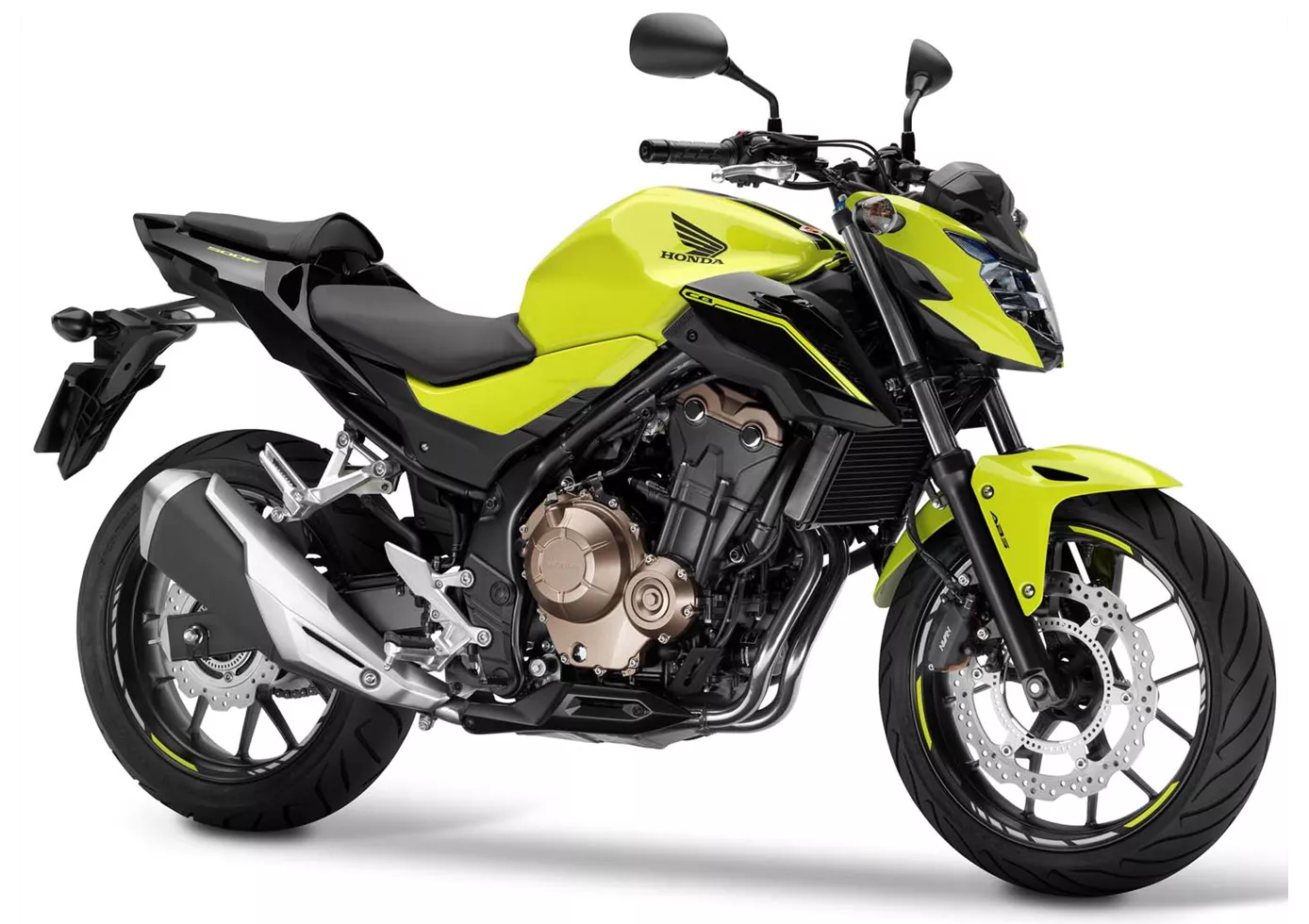
Even after a few years in production, Honda manages to keep the CB 500 F fresh. With LEDs in the front and rear and a revised engine, the naked bike remains a great A2 motorbike tip. Its grown-up appearance gives it a real big-bike feel, which means it doesn't have to hide at all. It could only be better if it had a gear indicator.
Kawasaki Z650 2020
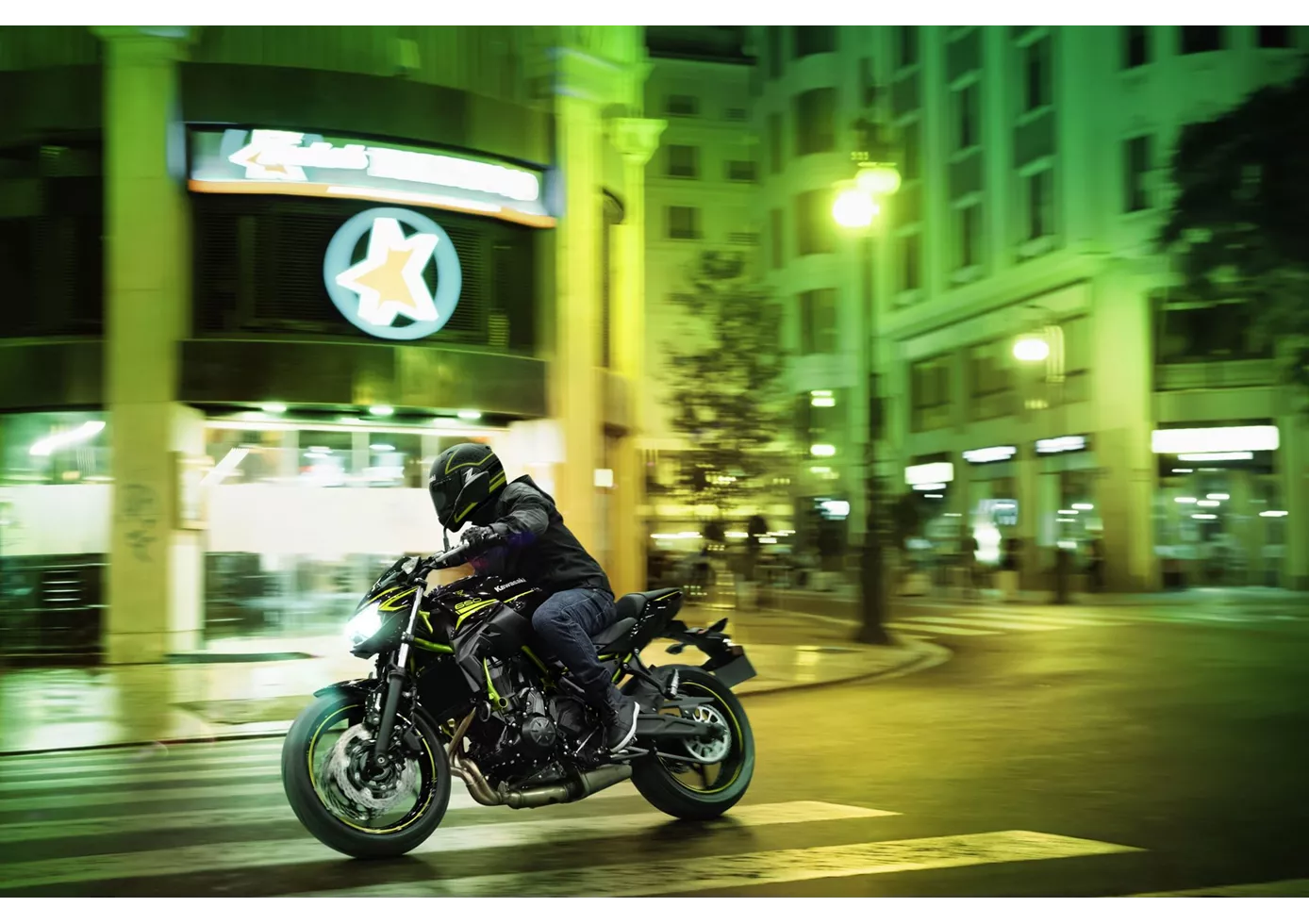
It's simply marvellous what Kawasaki has put together in a complete package with the new Z650. The technical components may not knock your socks off individually, but in combination they make for a pleasantly neutral motorbike that everyone will enjoy. No bitchy idiosyncrasies - simply a naked bike that works really well on winding country roads. Of course, the TFT display, which we don't find in the competition at the moment, is a plus, as is the grown-up look, which is strongly oriented towards the larger Z models. Only the pressure point of the front brake could have been more clearly defined - but you can't have everything in this price range.
Price Comparison Avarage Market Price Honda CB500F vs Kawasaki Z650
There are a few key differences between a Honda CB500F 2017 and a Kawasaki Z650 2020. In terms of price, the actual average price of a Kawasaki Z650 2020 is about 37% higher. A Honda CB500F 2017 experiences a loss of 100 USD in one year of ownership. This is offset by a loss of 30 USD for a Kawasaki Z650 2020. Compared to Kawasaki Z650 2020 there are less Honda CB500F 2017 bikes available on the 1000PS.de Marketplace, specifically 5 compared to 21. It takes less time to sell a Honda CB500F with 73 days compared to 80 days for a Kawasaki Z650. Since model year 2013 1000PS.de editors have written 22 reviews for the Honda CB500F and 31 reviews for the Kawasaki Z650 since model year 2017. The first review for the Honda CB500F was published on 11/10/2012 and now has more than 18,500 views. This compares to more than 25,000 views for the first review on Kawasaki Z650 published on 11/8/2016.
